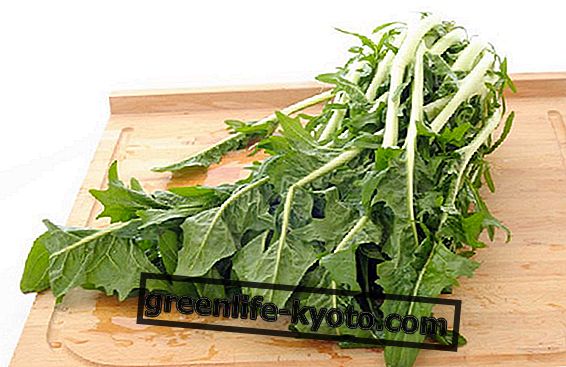
Spices are sweet or spicy aromatic substances of vegetable origin, obtained from seeds, fruits, buds, flowers, berries, roots and barks. Spices are marketed in different forms. The whole ones are certainly the best because they keep their aroma until the time of grinding, which takes place through the use of mortars, small graters or special grinders.
Powdered spices are certainly more practical but at the same time they are also the most alterable because the flavor, color, aroma and even spiciness are extremely volatile characteristics. Spices in paste are ground with the addition of oils in order to preserve their aromatic characteristics for a long time.
Also in this case, however, there is the risk of deterioration, due however to the possible rancidity of the oil which can therefore compromise the final taste of the product.
Spices have played a fundamental role in history as they have always been a very rare and expensive product. In order to stock up on spices, new shipping routes were discovered and Christopher Columbus himself was forced to embark to find an alternative way to reach the Indies.
The most common spices
Among the most common spices we remember:
- the anise, whose seeds are used to flavor roasts and desserts;
- cinnamon, which is the rolled bark of the homonymous tree, suitable for desserts, but also for meats such as lamb;
- cardamom, used in fruit desserts, in the processing of chocolate, candies and pralines, as an aroma in creams, whipped cream, ice creams and in numerous liqueurs or as an accompaniment to stewed, roasted or smoked meat;
- cloves, hard buds, dried, with a very intense aroma, very useful in the kitchen for the preparation of roasts, boiled, braised meats and stews;
- coriander, a plant similar to parsley, which goes well with cabbage, sauerkraut, legumes, fish, lamb, pork, baked apples;
- the turmeric or saffron of the Indies, a common spice in Indian and Asian gastronomy in general, often used as a colorant, in canned drinks, in many baked or dairy products, in ice cream, in yogurt, etc .;
- the mace, obtained from the dry and reddish color of the seed, used for savory dishes, in the preparation of spice mixtures (eg curry) or in spicy vinegars for storing vegetables;
- nutmeg, which goes well with ricotta and spinach, is used in ravioli and tortellini fillings, for sweet flavoring, to prepare punch and in mulled wine;
- paprika, obtained by grinding the dried seeds of the chili pepper;
- chili pepper, available in many varieties and all spicy;
- the pepper, of which the white, red and green variety is known (based on the ripeness of the fruit);
- mustard, which derives from the seeds of the fruit of a plant belonging to the cruciferae and is generally used to make the homonymous sauce;
- ginger, derived from the rhizome of the plant and which has various uses in pastry in baked goods, for the preparation of liqueurs, oriental dishes and pickled vegetables.
Spice mixes
Then there are the mixtures, made up of different spices wisely chosen and combined together. Berberè, a basic ingredient in the Eritrean and Ethiopian cuisine, is a mixture of chilli, ginger, cloves, coriander, pigment, rue and ajowan. Curry is a mixture of spices pounded in a mortar of Indian origin and usually includes black pepper, cumin, coriander, cinnamon, turmeric, cloves, ginger, nutmeg, fenugreek and chilli.
The ras el-hanout consists of a mixture of about 30 different plants including nutmeg, cinnamon, mace, anise, curcuma, pink pepper, white pepper, galanga, ginger, cloves, pigment, black cardamom, green cardamom, rosebuds and lavender, is widespread throughout North Africa and is the main spice of couscous.
Shichimi togarashi (meaning "peperoncino ai sette gustori") is a spice blend typical of Japanese cuisine made up of seven ingredients: togarashi (a type of red pepper), tangerine peel (which gives the typical orange color), sesame, poppy, hemp seeds, nori seaweed and Sichuan pepper.
Spices, in addition to enhancing the flavor of foods, have numerous healing properties: some have a digestive and anti-fermentation effect and stimulate the appetite (anise, tarragon, nutmeg, coriander), others have diuretic properties (pepper and chilli) antiseptic (cloves, star anise). In general all the spices stimulate salivary, gastric and biliary secretion and, by exerting a mild irritative stimulation of the mucous membranes, increase gastric motility and cause a slight vasodilation which facilitates the absorption of nutrients.













